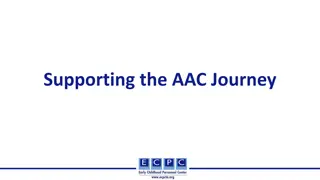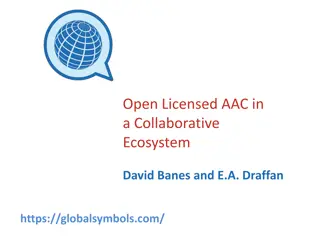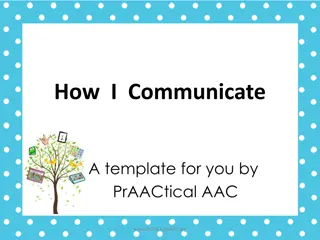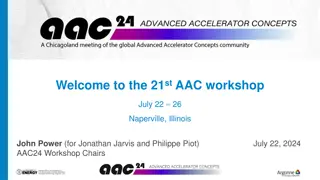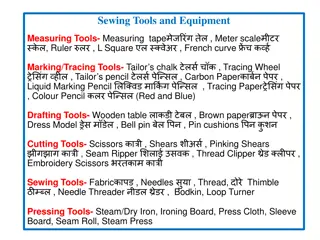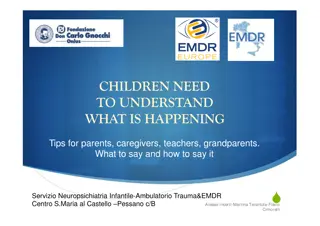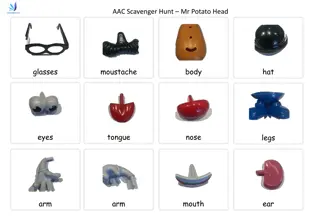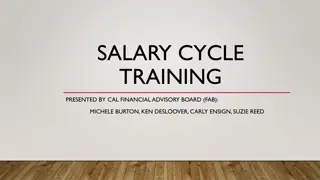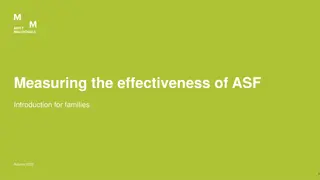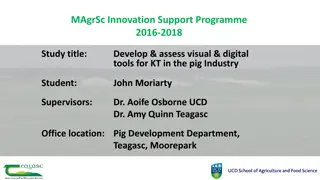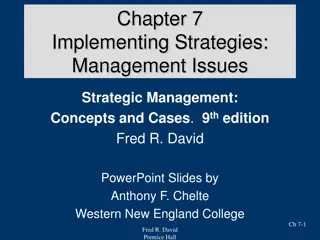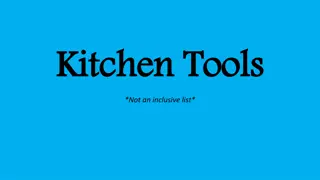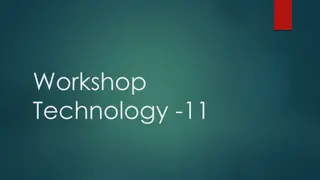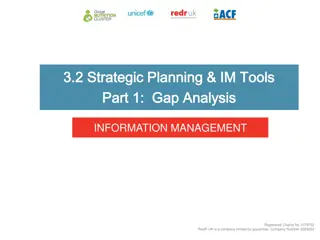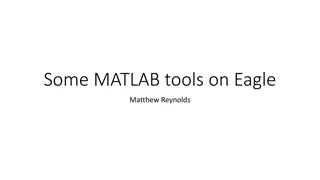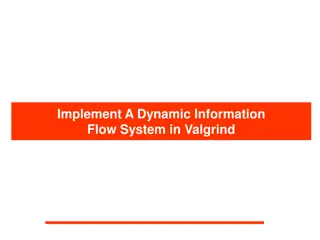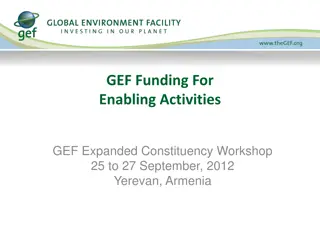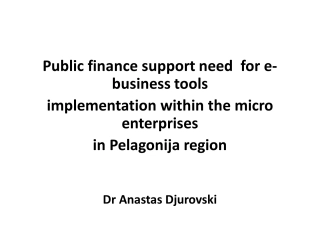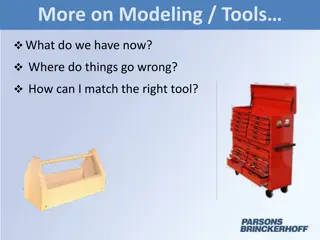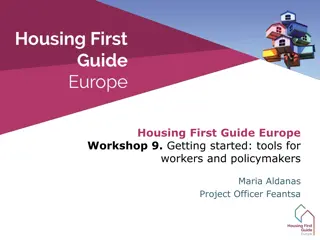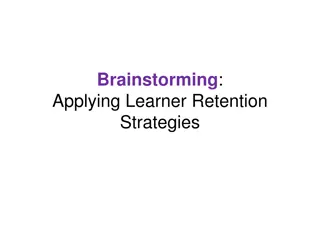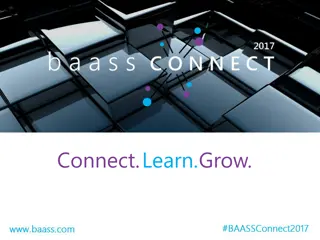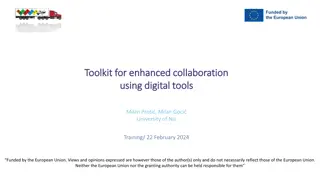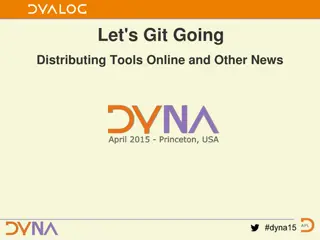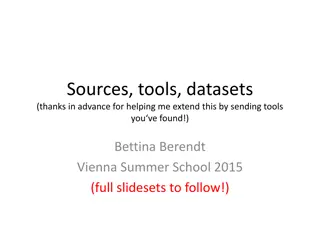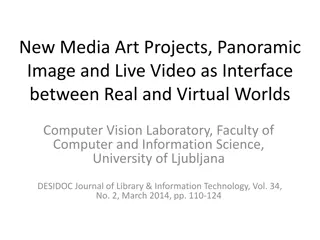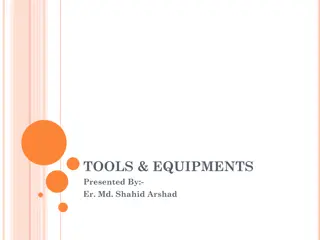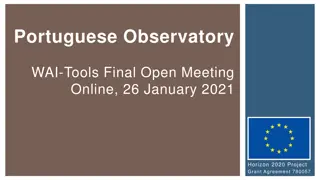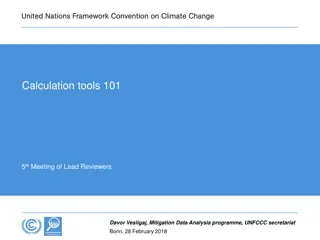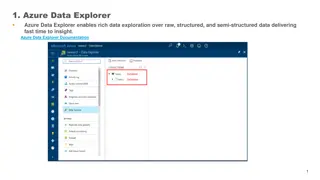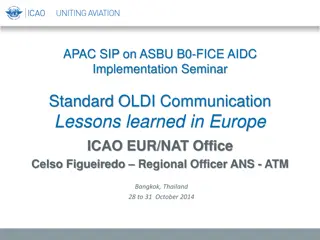Strategies and Tools for Implementing AAC Effectively
Explore important strategies and tools for implementing Augmentative and Alternative Communication (AAC), focusing on understanding core and fringe vocabulary, fostering language development, and incorporating interactive phrases. Learn how AAC supports language skills and provides alternative access to communication for individuals in need.
Download Presentation

Please find below an Image/Link to download the presentation.
The content on the website is provided AS IS for your information and personal use only. It may not be sold, licensed, or shared on other websites without obtaining consent from the author. Download presentation by click this link. If you encounter any issues during the download, it is possible that the publisher has removed the file from their server.
E N D
Presentation Transcript
How and When to Implement AAC An Overview of Important Strategies and Tools
Things to remember as you begin Knowing how child is currently communicating is key to identifying their skills and areas of need. Remember that AAC supports receptive (input) and expressive (output) language development AAC provides support for individuals who need alternative access to language input and processing
Things to remember as you begin AAC is a tool that can foster the development receptive language skills, as well as expressive language At first children are learning to communicate and eventually shift to communicating to learn The skills of understanding symbols carry meaning are key for developing language and literacy skills.
More Shared Context and Definitions All solutions represented on the AAC continuum can offer access to: Core Vocabulary general language used across multiple environments Examples: more, go, all done, here, help, want, mine Fringe Vocabulary language that is specific to a certain activity/environment Examples: blueberries, mask, coco melon, crayon, field trip specific vocab
2-Minute Challenge (Activity) Core vocabulary
Vocabulary (what does the child want to say?) Core Fringe High frequency words that are functional across tasks and environments Low frequency are fringe vocabulary words that are functional in highly specific contexts only Most predictable Most personal and motivating! Gives power of specificity
Core + Fringe Vocabulary A Matrix Tool for building vocab (from Nigam, Schlosser & Lloyd, 2006) Action Object Car Bike Truck Go Stop Put in Teach and add symbols as you go!
Core + Fringe Vocabulary Incorporate phrases that encourage interaction I want Something s wrong I ll tell you what I think It s time I m telling you a story
More Shared Context and Definitions Aided Language Modeling modeling use of external symbols to communicate Not only provides model but slows our rate of speech and highlights key words to attend to, making processing easier. Coach peers + partners to use more communication modalities. A strategy for students at ANY level of communicative ability.
Aided Language Modeling Does not mean: You have point to every word you are saying. That you need two communication devices That you require the child to repeat what you ve modeled Instead, you are verbally saying a short, complete sentence as you model key words for the child. Creates natural opportunities for practice communicating
Scripting Strategies for Communication Modeling and Practice Some vocabulary can be predictable Basic needs, social etiquette, current events, routine activities Examples: Activity #1 Use of VSD for self-guided activities (homework, chores) Activity #2 Family game night Activity #3 Going to the grocery store/ Outdoor activities
Scripting as a Tool For infusing daily routine and recreation with AAC Everyday events and routines provide scripts Help individual anticipate upcoming events Examples: BINGO Follow the leader Board games Card games Duck, duck, goose Picnic / Cook out Trip to the Beach
A note about Symbols Not all symbols will be meaningful, guessable or transparent by the child and/or his/her partners. Consider the child s receptive (understanding) skills when selecting symbolic language for modeling and scripting. Actual object is more recognizable than 3-D objects, which are more recognizable than pictures, which are more recognizable than line drawings, which are more recognizable than letters of the alphabet. It is okay to mix different types of symbols (e.g., picture + object)
A Note on Symbol Transparency More Transparent (guessable, rememberable, recognizable) Actual Object 3-D object replica Color photo B & W photo Color Line drawing B&W Line drawing Less Transparent Letters
Disclaimer This is a product of the Early Childhood Personnel Center (ECPC) awarded to the University of Connecticut Center for Excellence in Developmental Disabilities and was made possible by Cooperative Agreement #H325B170008 which is funded by the U.S. Department of Education, Office of Special Education Programs. However, those contents do not necessarily represent the policy of the Department of Education, and you should not assume endorsement by the Federal Government.



